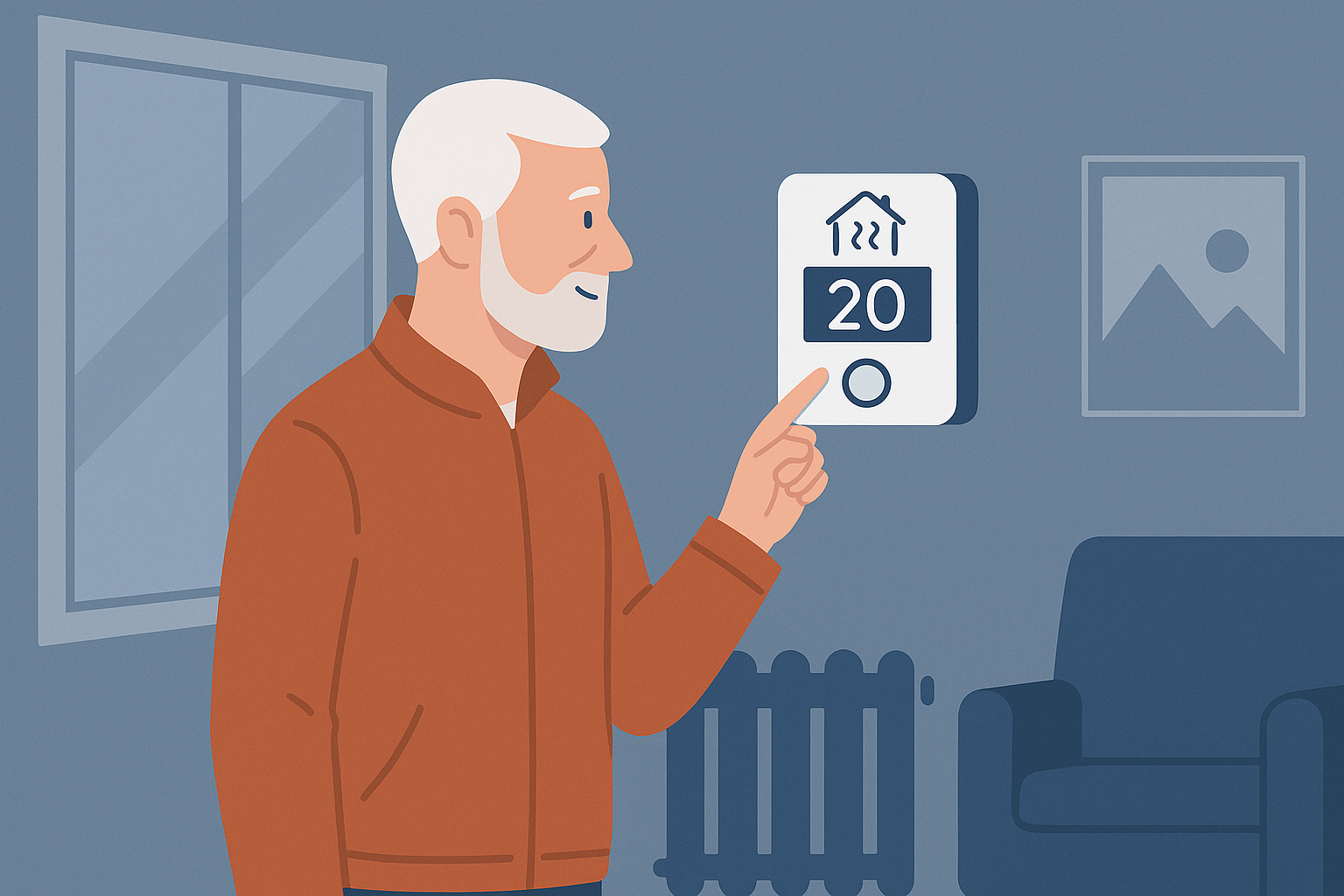Week 1: Run the Heating System Early: Why Landlords Should Test Before Winter
Posted on September 1st, 2025

As a landlord, one of the best ways to prevent heating emergencies is also the simplest – switch your heating system on before winter arrives.
Too often, boilers and radiators are left idle through the spring and summer, only to fail when the first cold snap hits. By then, heating engineers are fully booked, and your tenants could be left in the cold.
Why Run the Heating Early?
- Spot Issues Before the Rush
Boilers and valves that sit unused for months can seize up or develop faults. Running the system in September or early October helps uncover problems while engineers still have availability. - Avoid Tenant Disruption
A proactive test means tenants won’t be left without heating when they need it most. It also reduces emergency call-outs and out-of-hours repair costs. - Protect Your Property
Cold homes are at greater risk of damp and frozen pipes. Ensuring the heating works early safeguards both your tenants and your investment.
What to Check During Your Test Run
When you switch the heating system on, look (and listen) for signs of trouble:
- Radiators warming unevenly (may need bleeding or valve checks)
- Noisy pipes or kettling sounds in the boiler
- Unresponsive heating controls
- Boiler pressure dropping below 1.0 bar
- Cold spots in the property
If you spot any issues, it’s time to call a Gas Safe engineer.
Tenant Communication Tip
Inform your tenants that you’ll be running the system early, or better yet, encourage them to do it themselves. A simple reminder email or checklist can save you time and prevent avoidable call-outs later.
When to Call an Engineer
- Boiler fails to fire up or repeatedly locks out
- Pressure drops quickly after topping up
- Zone valves don’t respond
- Persistent cold spots despite bleeding radiators
By getting ahead of these problems, you’ll save money and stress once the peak winter season begins.
Take Action Now
Don’t wait until November. A simple 30-minute test run today could save you from a costly emergency in the middle of winter.